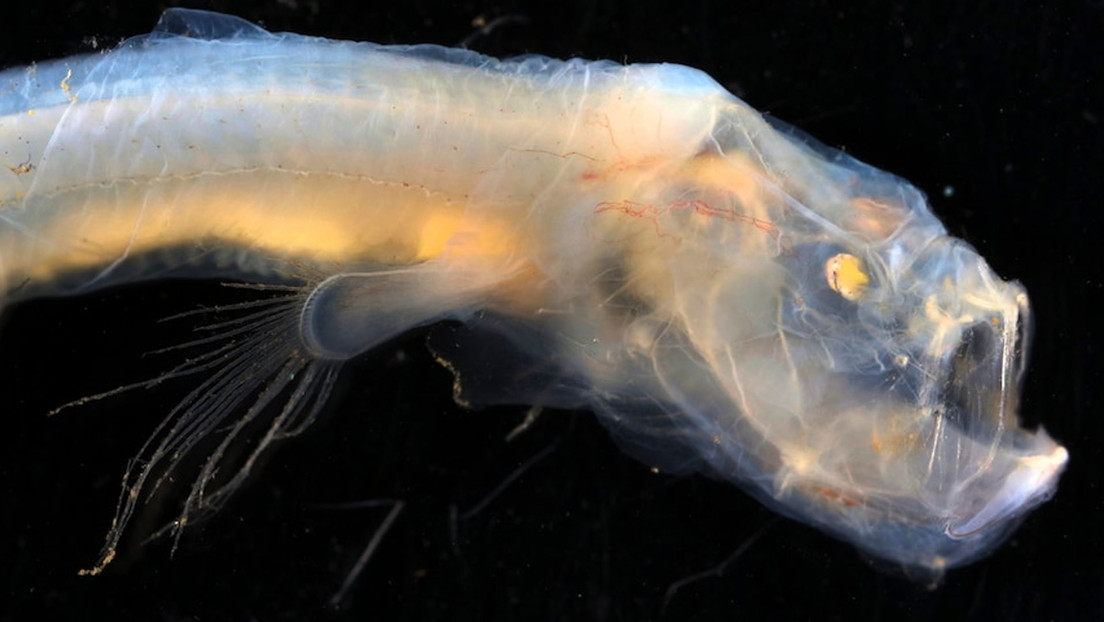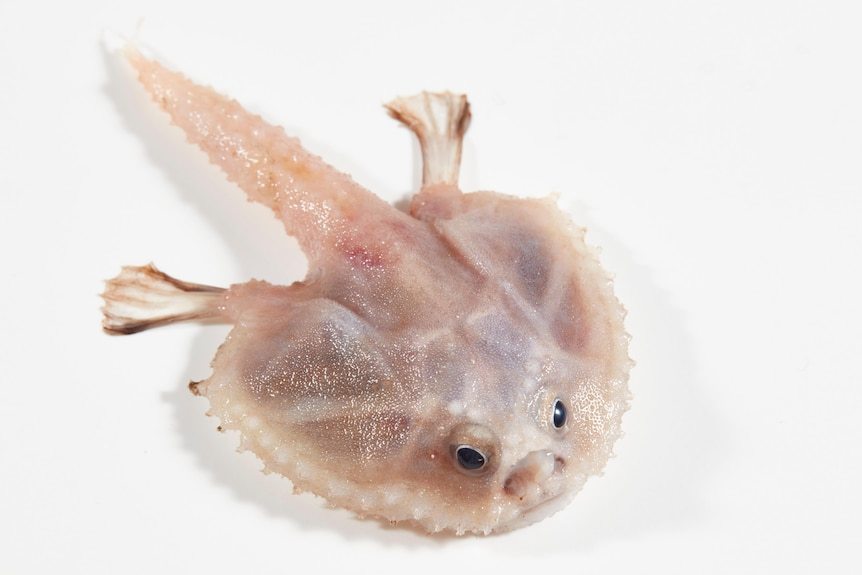
A team of oceanographers and marine biologists led by the Research Institute of Museums Victoria (MV), Australia, have discovered a dazzling array of fish and strange creatures, inhabitants of the abyssal depths of the ocean at more than 5,500 m, reported Australian Broadcasting Corporation (ABC), last Friday. The expedition, aboard the Investigador ship, began on September 30 in an area of 740,000 square kilometers around the Cocos and Christmas Islands, 2,500 km off the western coast of Australia, and during 35 days of exploration it carried out studies
"We're really excited about the prospect of discovering new species, perhaps even new branches of the tree of life, that have until now lain hidden beneath the waves in this uncharted region," said Tim O'Hara, senior curator of marine invertebrates at MV, before starting the scan.

The crew reported that they had collected a large 'treasure' of species after sampling habitats with small trawls. O'Hara estimates that up to a third of these species may be new to science. This includes a potentially new type of blind tusk eel, with loose, sticky, transparent skin. Dianne Bray, manager of the MV collections, told ABC that "these fish have really shrunk eyes […] like little golden depressions in the skin. They have very loose, loose, gelatinous skin, and they're incredibly rare."
Among the rarities, they also found a specimen of deep-sea batfish. This strange creature moves by dragging its large 'feet' along the bottom of the sea on small, thick fin legs.
"These are little relatives of the anglerfish. They have a little lure that sits in a depression in their snout that they can actually move to attract prey and they essentially walk on the ground with their modified arms and legs," explains Bray.
Another interesting fish was caught on a hook, and it featured strangely elongated wading fins, with which it can effortlessly float just above the sea floor, waiting to pounce on unsuspecting prey below.
The teams also discovered a hermit crab using a deep-sea colonial zoanthic coral as its shell. These sticky soft corals tend to incorporate sand or other bits of materials lying around to give them some structure, including crabs.
They also had the opportunity to study marine life at the surface level. The researchers photographed flying fish that they estimate belong to at least six species, according to MV fish biologist Yi-Kai Tea, who shared his impressions of the trip.
Once the ship returns to dry land, the sampled creatures will be studied by taxonomists who specialize in different groups of animals to confirm their identity or describe new species, using the DNA extracted from the animals as a vital source of information. "The research results from this voyage will be invaluable to our understanding of Australia's deep-sea environments, and the impact humans are having on them," MV Executive Director Lynley Crosswell explained in an audiovisual. (Text and photos: RT in Spanish)